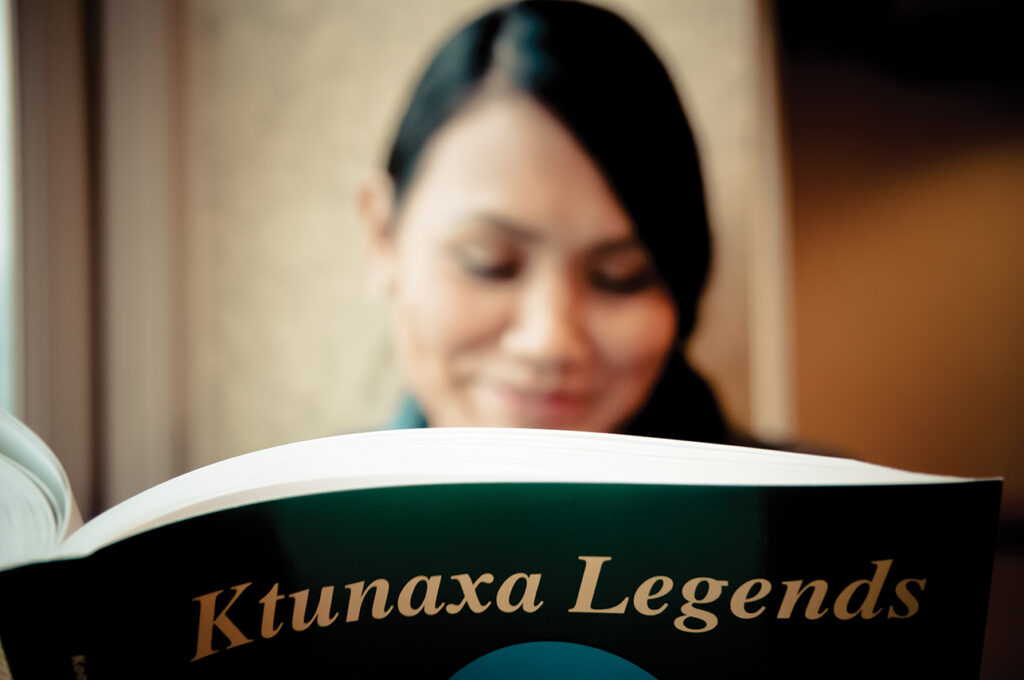‘For thousands of years we, the Ktunaxa, have persevered, overcome many adversities and always managed to survive. We did this because of our strong sense of unity, our connection to the Creator and our connection to our land. It has also been through our culture, language and spirituality that we have evolved over time. These core values that we hold as a people will support our continued existence into the future.’ – Former Chief, Cheryl Casimer
Ktunaxa (pronounced ‘k-too-nah-ha’) people have occupied the lands adjacent to the Kootenay and Columbia Rivers and the Arrow Lakes of BC for more than 10,000 years. For thousands of years we enjoyed the natural bounty of the land, seasonally migrating throughout our Traditional Territory to follow vegetation and hunting cycles. We obtained all our food, medicine, and materials for shelter and clothing from nature – hunting, fishing and gathering throughout our Territory, across the Rocky Mountains and on the Great Plains of both Canada and the United States.
The Ktunaxa language is unique among Native linguistic groups. It is unrelated to any other in the world and is a critical element of our singular identity.
The traditional territory of the Ktunaxa Nation covers approximately 70,000 square kilometres within the Kootenay region of southeastern British Columbia, and historically included parts of Alberta, Montana, Washington, and Idaho. European settlement in the late 1800s, followed by the establishment of Indian Reserves, led to the creation of Indian Bands. The Nation currently comprises four Canadian and two US bands.
